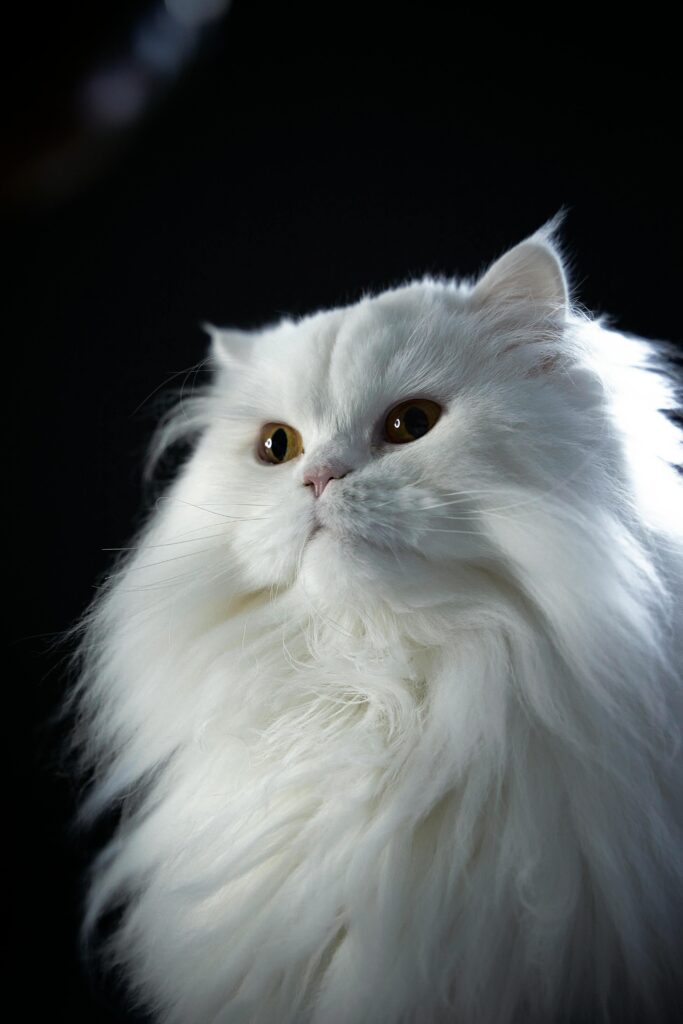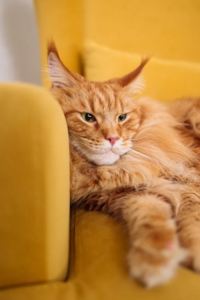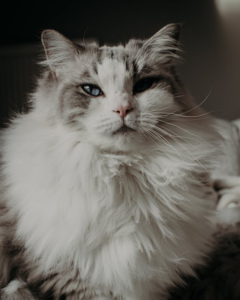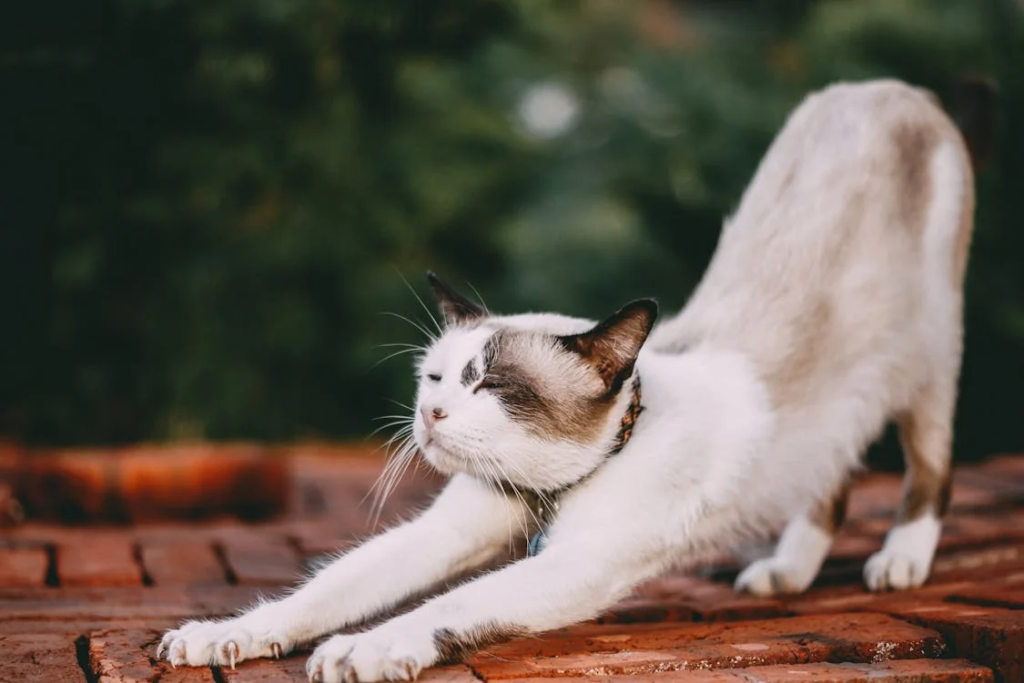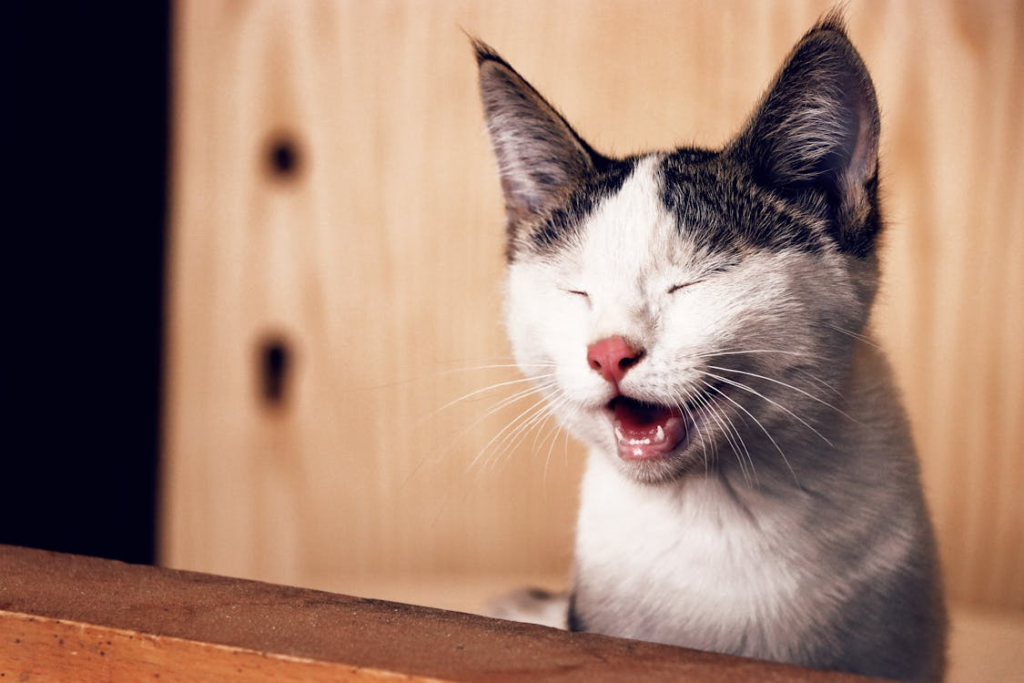Introduction to Persian Cats
Persian cats, with their distinctive flat faces and long, luxurious coats, have captivated cat lovers for centuries. These elegant felines are known for their calm demeanor and regal appearance, making them one of the most popular cat breeds worldwide. In this comprehensive guide, we’ll delve into the fascinating world of Persian cats, exploring their history, physical characteristics, personality traits, care requirements, and much more.
The Rich History of Persian Cats
Persian cats boast a long and illustrious history that dates back to ancient times. Originating in Persia (modern-day Iran), these cats were prized possessions of nobility and were often featured in art and literature.
Early Origins
- First documented in hieroglyphics circa 1684 BCE
- Believed to have been brought to Europe by traders and explorers in the 17th century
Evolution of the Breed
- Gained popularity in Victorian England
- Selective breeding led to the development of the modern Persian cat
Recognition and Popularity
- Recognized by cat fancier associations in the late 19th century
- Consistently ranks among the top 5 most popular cat breeds globally
Physical Characteristics of Persian Cat
Persian cats are instantly recognizable due to their unique physical features. Let’s explore the distinct traits that make these cats so visually striking.
Head and Face
- Round, broad head with a short, snub nose
- Large, expressive eyes
- Small, rounded ears set wide apart
Body Structure
- Medium to large-sized cats
- Cobby body type with short, thick legs
- Short, broad neck
Coat and Colors
- Long, thick, and luxurious double coat
- Wide variety of colors and patterns, including solid, tabby, bi-color, and pointed
Size and Weight
- Adult males: 9-14 pounds
- Adult females: 7-11 pounds
For more detailed information on Persian cat breed standards, visit the Cat Fanciers’ Association (CFA) website.
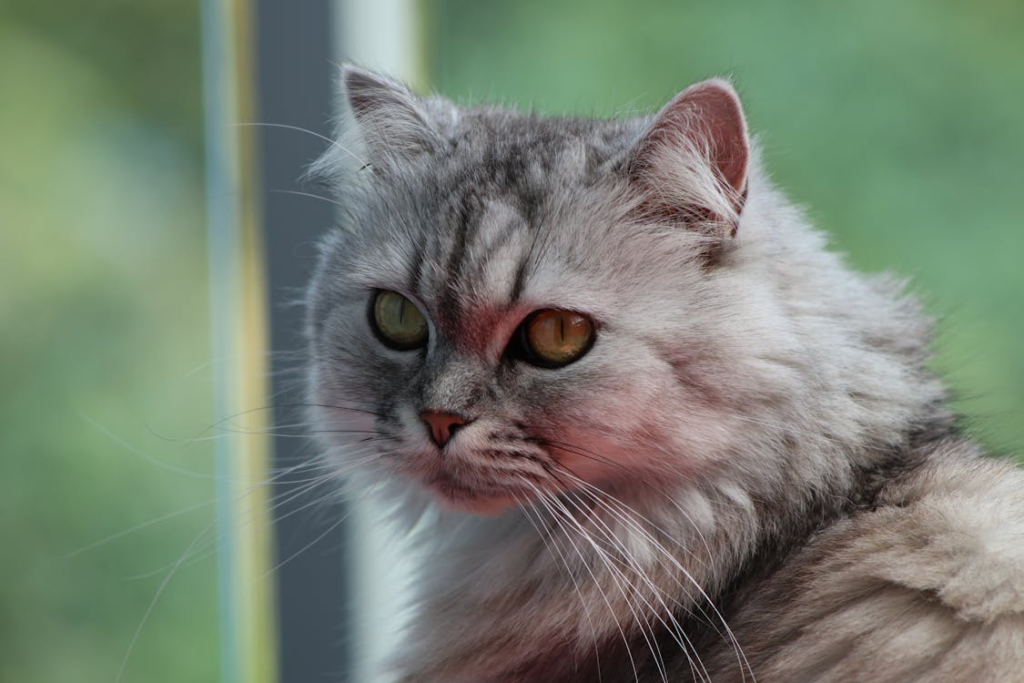
Personality and Temperament
Persian cats are renowned for their gentle and laid-back nature, making them excellent companions for a variety of households.
Key Personality Traits
- Calm and placid demeanor
- Affectionate and loving towards their owners
- Generally quiet, with soft voices when they do vocalize
Social Behavior
- Enjoy human company but not overly demanding
- Typically get along well with other pets
- Prefer a peaceful environment with minimal changes
Activity Level
- Low to moderate energy levels
- Enjoy short play sessions but not highly athletic
- Content with lounging and observing their surroundings
Intelligence and Trainability
- Moderately intelligent but not as quick to learn as some breeds
- Can be trained with patience and positive reinforcement
- May be stubborn at times
Caring for Your Persian Cat
Owning a Persian cat comes with specific care requirements to ensure their health and happiness. Here’s what you need to know to provide the best care for your luxurious feline friend.
Grooming Needs
Persian cats require extensive grooming due to their long, dense coats.
Daily Brushing
- Use a stainless steel comb to prevent matting
- Pay special attention to areas prone to tangles (behind ears, under legs)
Bathing
- Regular baths (every 4-6 weeks) to keep the coat clean and healthy
- Use cat-specific shampoos and conditioners
Eye Care
- Clean around the eyes daily to prevent tear staining
- Consult a veterinarian if excessive tearing persists
Nail Trimming and Dental Care
- Trim nails every 2-3 weeks
- Brush teeth regularly to prevent dental issues
For professional grooming tips, check out the National Cat Groomers Institute.
Diet and Nutrition
Providing a balanced diet is crucial for maintaining your Persian cat’s health and coat quality.
Recommended Diet
- High-quality, protein-rich cat food
- Wet food can help with hydration
- Consider breed-specific formulas designed for Persians
Feeding Schedule
- Follow a consistent feeding routine
- Monitor portion sizes to prevent obesity
Hydration
- Ensure fresh water is always available
- Consider a cat water fountain to encourage drinking
Exercise and Environmental Enrichment
While not as active as some breeds, Persian cats still benefit from play and mental stimulation.
Play Sessions
- Short, gentle play sessions using interactive toys
- Puzzle feeders to engage their minds
Cat Trees and Perches
- Provide comfortable spots for lounging and observing
- Scratching posts to maintain nail health
Health Considerations for Persian Cats
Persian cats are prone to certain health issues due to their unique physical characteristics. Being aware of these potential problems can help you provide proactive care.
Common Health Issues
- Respiratory Problems
- Due to their flat faces (brachycephalic syndrome)
- May cause breathing difficulties and heat sensitivity
2. Eye Conditions
- Prone to excessive tearing and eye infections
- Regular cleaning and vet check-ups are essential
3. Polycystic Kidney Disease (PKD)
- Genetic condition affecting kidney function
- Screening and responsible breeding practices can help reduce incidence
4. Dental Issues
- Malocclusion (misaligned teeth) due to facial structure
- Regular dental care and check-ups are crucial
5. Skin Conditions
- Prone to skin fold dermatitis, especially in facial folds
- Regular cleaning and monitoring required
Choosing a Persian Cat
If you’re considering adding a Persian cat to your family, here are some important factors to keep in mind:
Breeder Selection
- Choose a reputable breeder who prioritizes health and genetic testing
- Visit the cattery to observe living conditions and meet the parents
Adoption Options
- Consider adopting from Persian cat rescue organizations
- Many adult Persians need loving homes and may have lower grooming needs
Preparing Your Home
- Create a safe, comfortable space with cozy bedding
- Invest in quality grooming tools and cat furniture
Cost Considerations
- Initial costs: $1,500 – $5,000 for a purebred Persian
- Ongoing expenses: grooming supplies, high-quality food, and regular vet care
For guidance on finding a reputable breeder, visit the International Cat Association (TICA) website.
Conclusion
Persian cats are truly unique and captivating creatures that offer a lifetime of love and companionship. Their regal appearance, gentle nature, and affectionate personality make them ideal pets for those willing to commit to their specific care needs. By understanding the breed’s history, characteristics, and requirements, you can provide the best possible life for your Persian cat, ensuring many years of mutual joy and affection.
